
Alcoholic beverages – originally in the form of beer – have been around since approximately 7000 B.C. Cocktails have a more recent history.
The origin of the term is a bit murky, but the first unambiguous use of the term to refer to a drink was published in an upstate New York newspaper in 1806, defining a “coсk tail” as “a stimulating liquor composed of spirits of any kind, sugar, water, and bitters.” (That sounds as if it might have qualified for inclusion in our list of 28 low-calorie alcoholic drinks.)
By the mid-19th century, cocktails had gained great popularity in America, and in 1862 New York City saloon-keeper and bartender Jerry Thomas published the nation’s first drinks book: “Bar-Tender’s Guide,” also known as “How to Mix Drinks or the Bon-Vivant’s Companion”. (Still considered a valuable reference work, it is available in reprint to this day.)
What really catapulted cocktails into the mainstream was the ready availability of ice, beginning in the latter 1800s. Ice cooled things down, making cocktails tasty and refreshing. Unfortunately, just as drinking these concoctions was soaring in popularity, Prohibition outlawed the “manufacture, sale and transportation of intoxicating liquors” in the U.S. People still drank, but the liquor was often of poor quality, so bartenders got creative, masking the bad taste with juices and other ingredients.
After Prohibition ended in 1933, the creation of new drinks continued, leading to the golden age of the cocktail in the mid-20th century. (Think of the three-martini lunches of the “Mad Men” era.) Interest in cocktails waned a bit in the 1960s and 1970s, but revived in the 1990s, and many bars and restaurants today promote their cocktail programs, with bartenders inventing ever more imaginative (and often curiously named) libations.
What are the most popular cocktails around the world today? To find out, 24/7 Tempo reviewed the results of a survey conducted earlier this year by Drinks International, a publication covering the global spirits, wine, and beer markets. The publication asked a sample of 100 of the world’s best bars which mixed drinks they sold the most, then tabulated the results. (For drinking habits closer to home, have a look at the most popular cocktail in every state.)
Click here to see the world’s 25 most popular cocktails
The survey’s ranking suggests that time-honored cocktails never go out of style. The top five, this year as in 2021 – the Old Fashioned, the Negroni, the Daiquiri, the Dry Martini, and the Margarita – have all been consumed for decades, and remain staples on every cocktail menu across the country. Their order has changed slightly, however: Last year, the Old Fashioned was No. 1, ahead of the Negroni; now they’ve traded places. In addition, the Margarita and the Dry Martini have each moved up a place, leaving the formerly third-place Daiquiri at No. 5.
It’s worth noting that roughly half of the cocktails on this list date their (probable) origins back more than a century – though the No. 13 slot is occupied by a relative newcomer, the Penicillin, invented at New York City’s Milk & Honey in 2005.
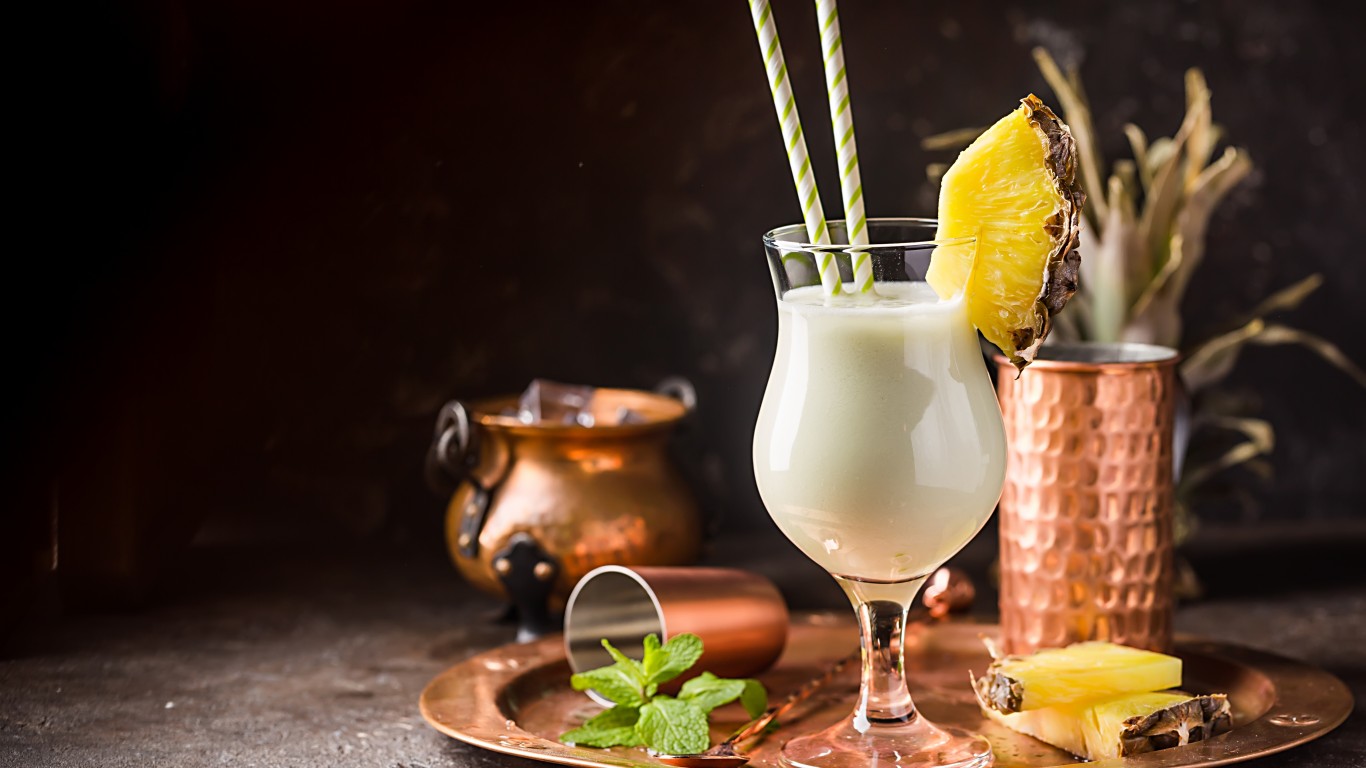
25. Piña Colada
> Main ingredients: White rum, coconut cream, pineapple juice
> Origin: Bartender Ramón “Monchito” Marrero, Caribe Hilton Hotel, San Juan, Puerto Rico (1954) (disputed)
[in-text-ad]

24. Caipirinha
> Main ingredients: Cachaça, lime wedges, sugar
> Origin: Estate owners, Piraccaba, São Paulo state, Brazil (1800s) (disputed)
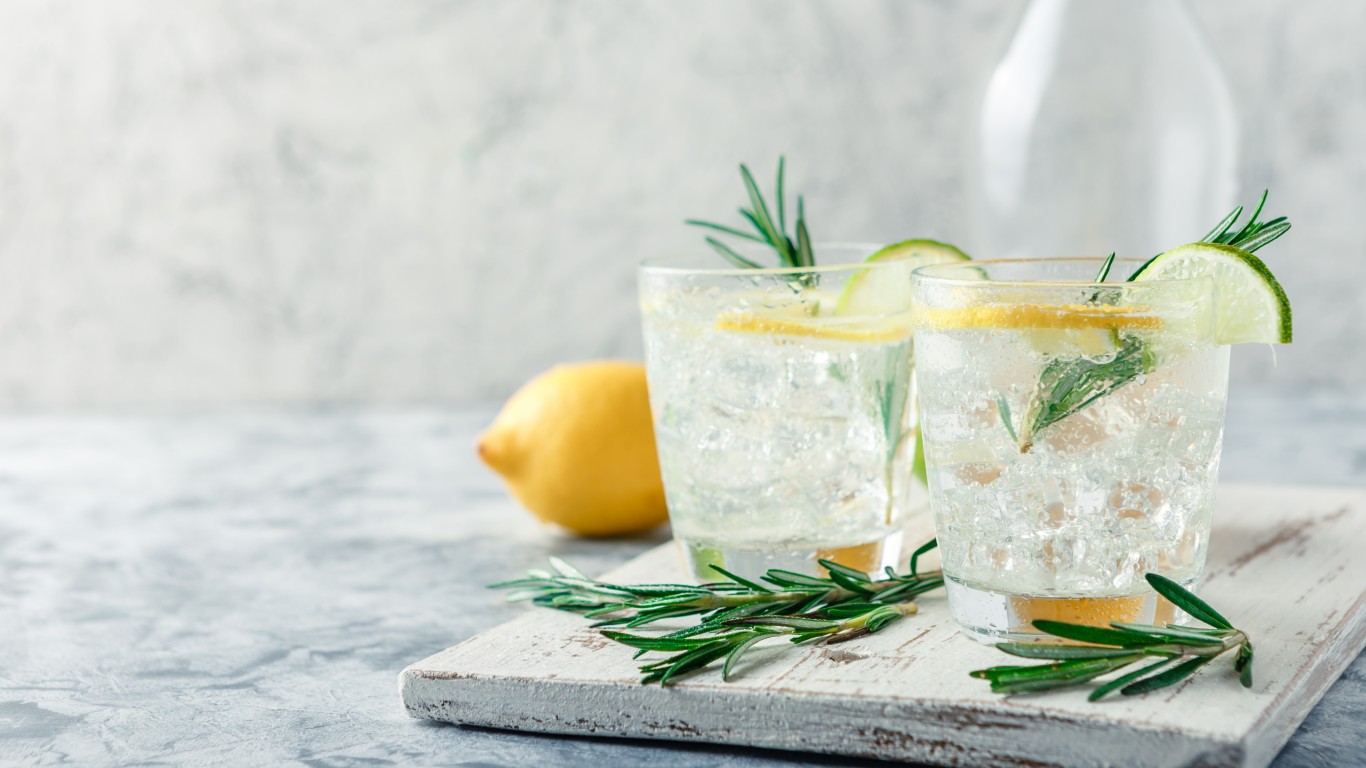
23. Gin Fizz
> Main ingredients: Gin, lemon juice, simple syrup, club soda
> Origin: New Orleans (?) (1887?)
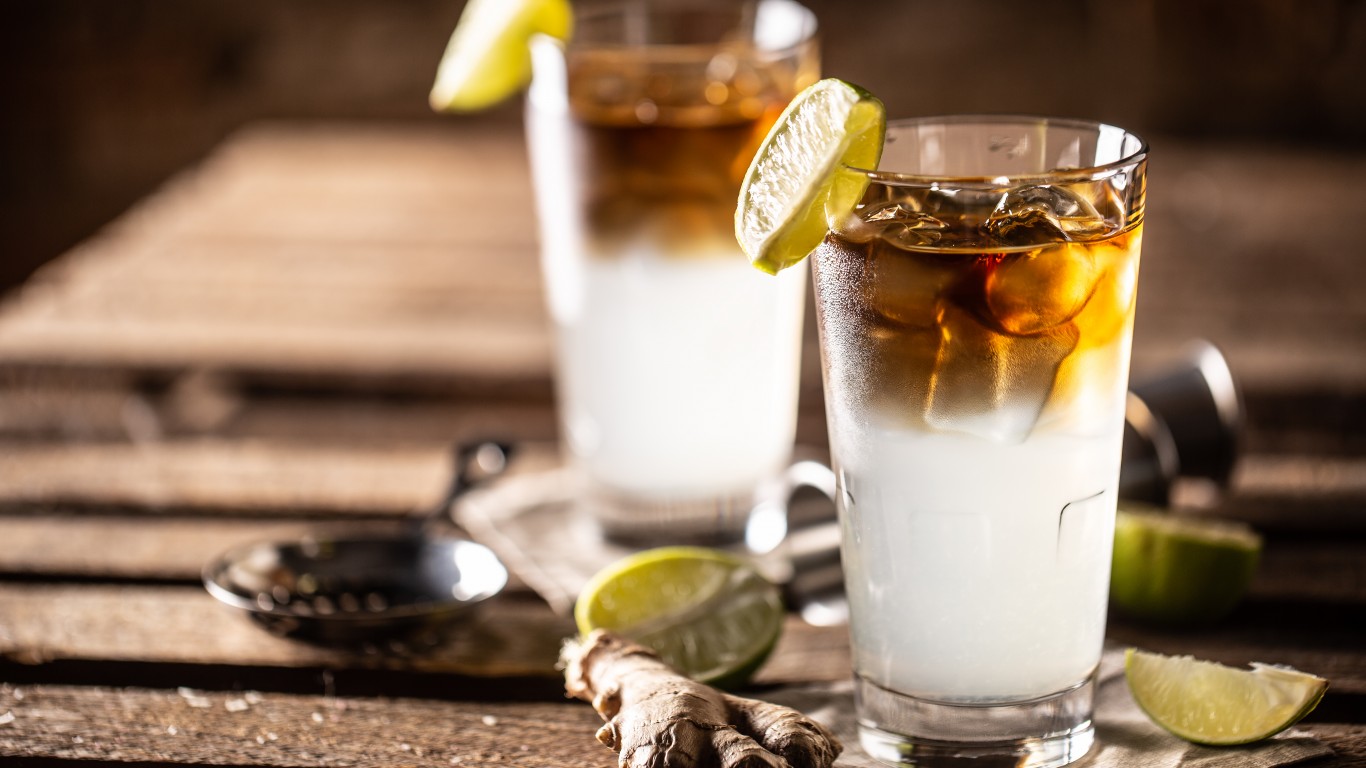
22. Dark ‘n’ Stormy
> Main ingredients: Goslings or other dark rum, ginger beer
> Origin: Bermuda, details unknown (late 1910s?)
[in-text-ad-2]
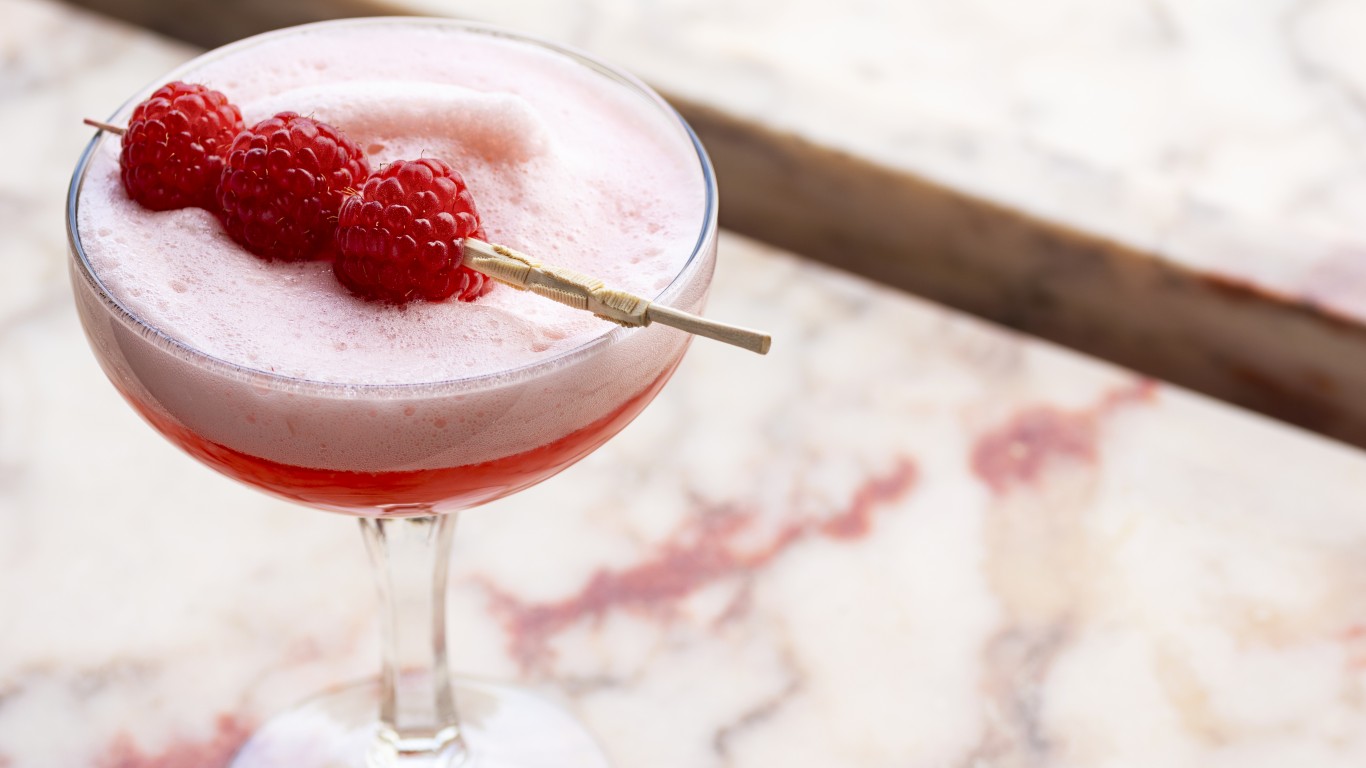
21. Clover Club
> Main ingredients: Gin, dry vermouth, lemon juice, raspberry syrup, egg white
> Origin: The Clover Club, Philadelphia (1910s)

20. Pisco Sour
> Main ingredients: Pisco brandy, lemon juice, simple syrup, egg white
> Origin: Bartender Mario Bruiget, Morris’ Bar, Lima, Peru (late 1920s)
[in-text-ad]
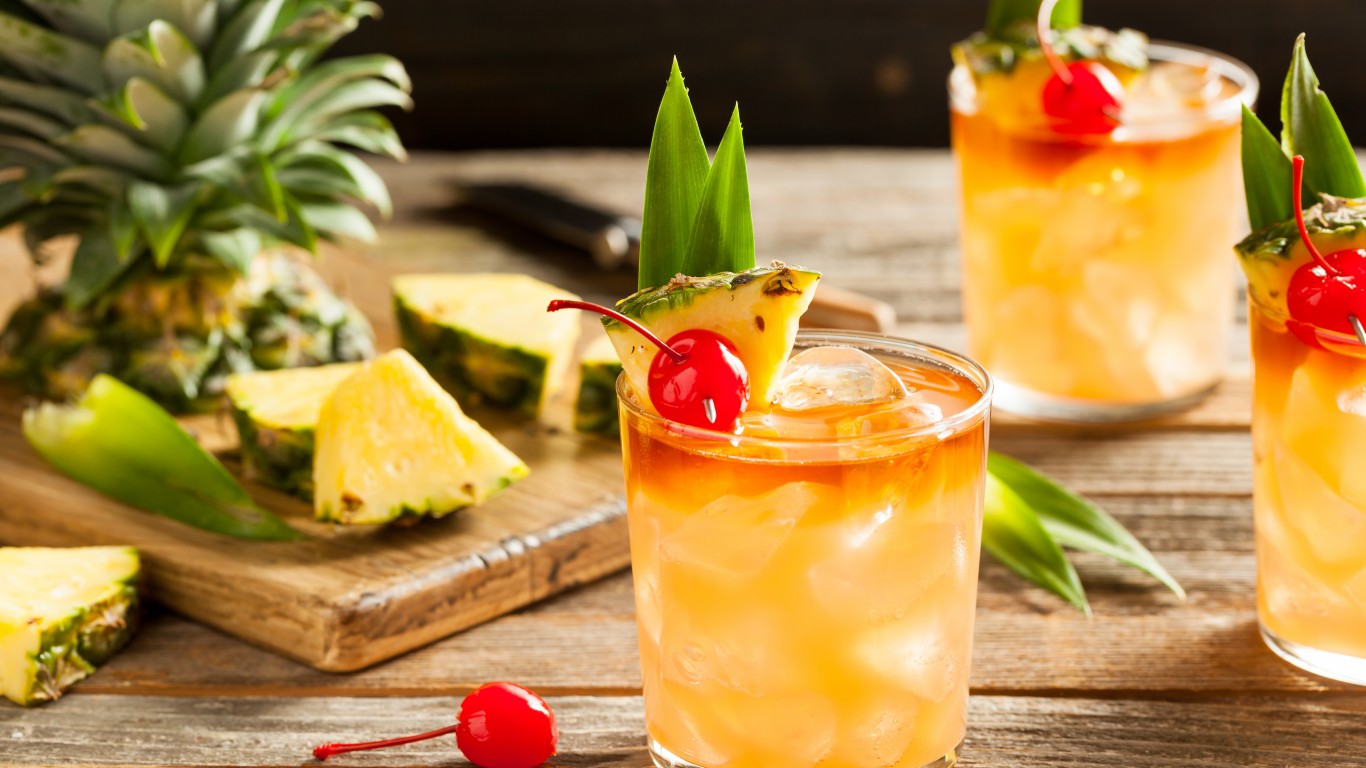
19. Mai Tai
> Main ingredients: Rum (typically two kinds), orange curaçao, orgeat syrup, lime juice, simple syrup (recipes vary)
> Origin: Donn Beach, Don the Beachcomber, Hollywood, Ca (1933) or Vic Bergeron, Trader Vic’s, Oakland, CA (1944)
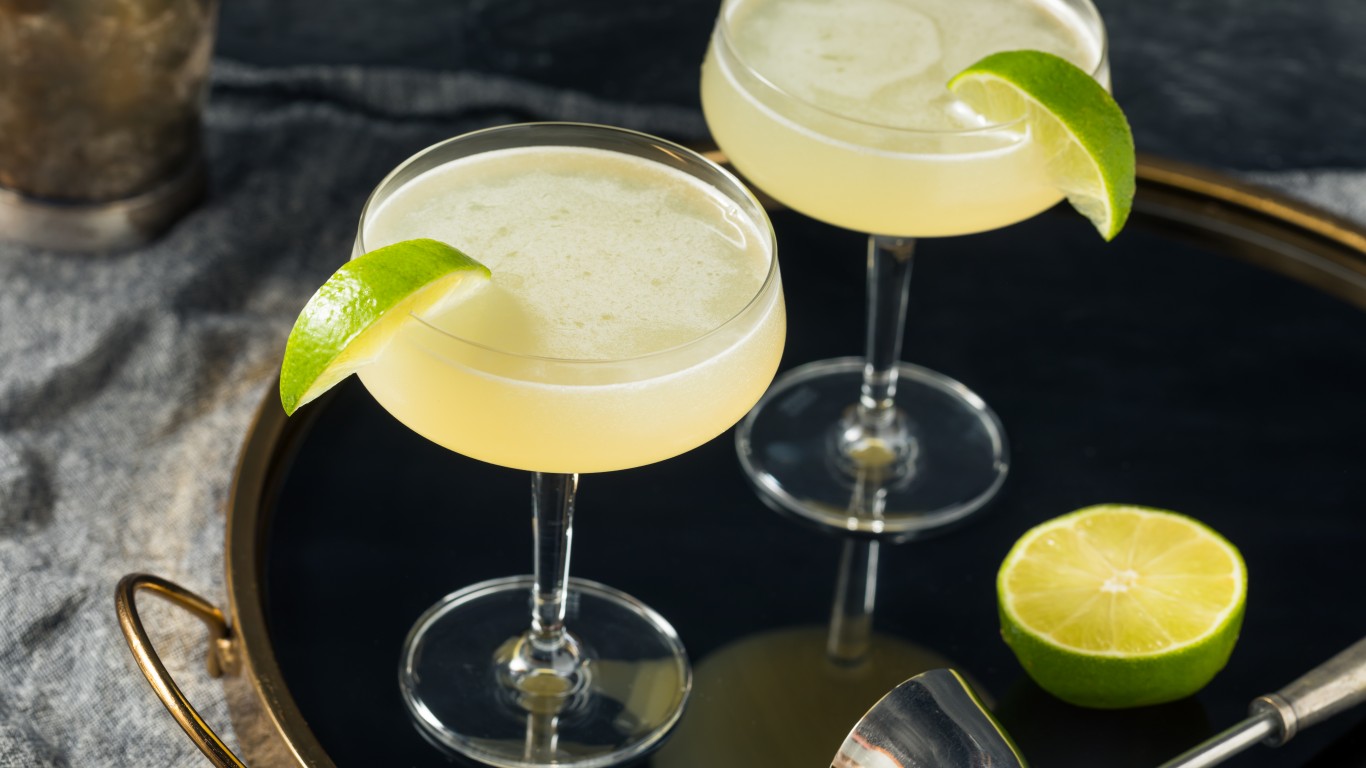
18. Gimlet
> Main ingredients: Gin, Rose’s lime juice
> Origin: Bar owner Harry MacElhone, Harry’s New York Bar, Paris (1923) (disputed)
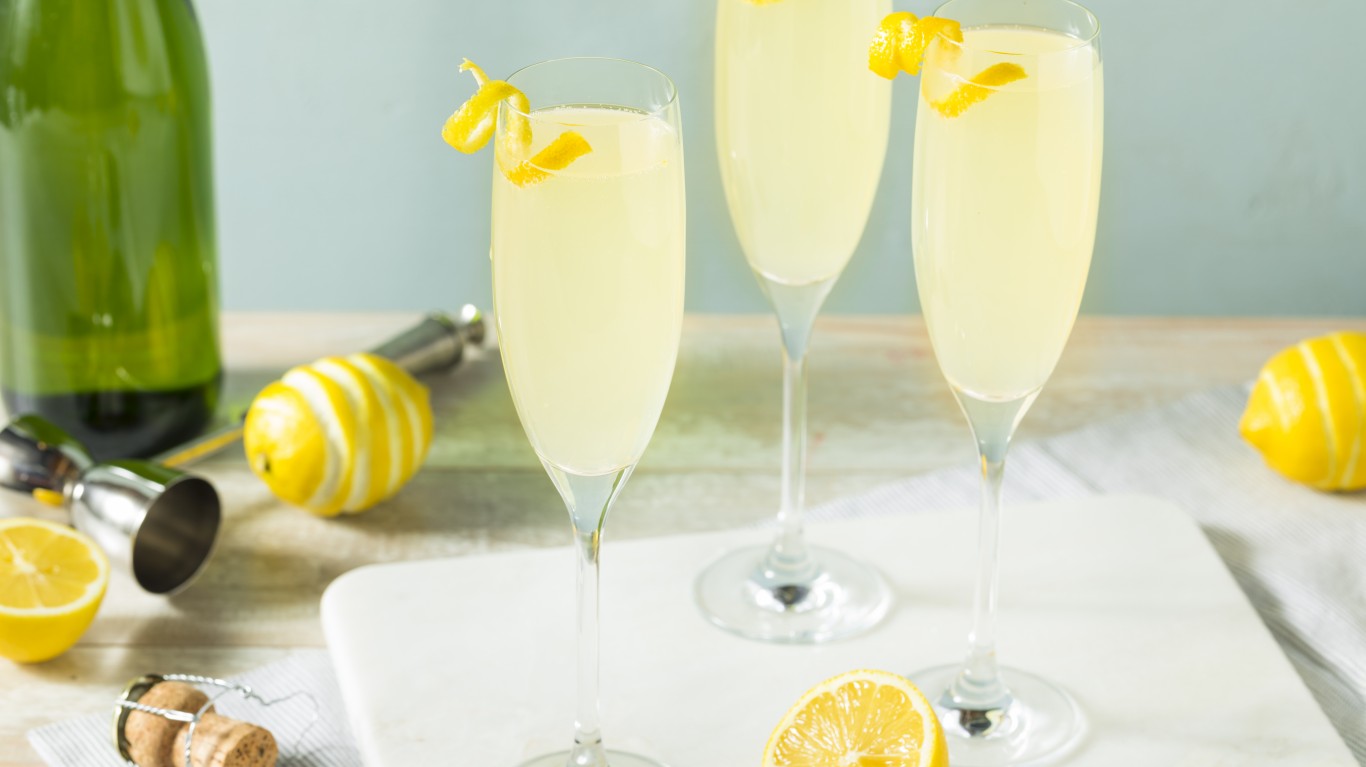
17. French 75
> Main ingredients: Gin, champagne, lemon juice, sugar cube
> Origin: Bar owner Harry MacElhone, Harry’s New York Bar, Paris (1915)
[in-text-ad-2]

16. Americano
> Main ingredients: Campari, sweet vermouth, club soda
> Origin: Caffè Campari, Milan (1860s)
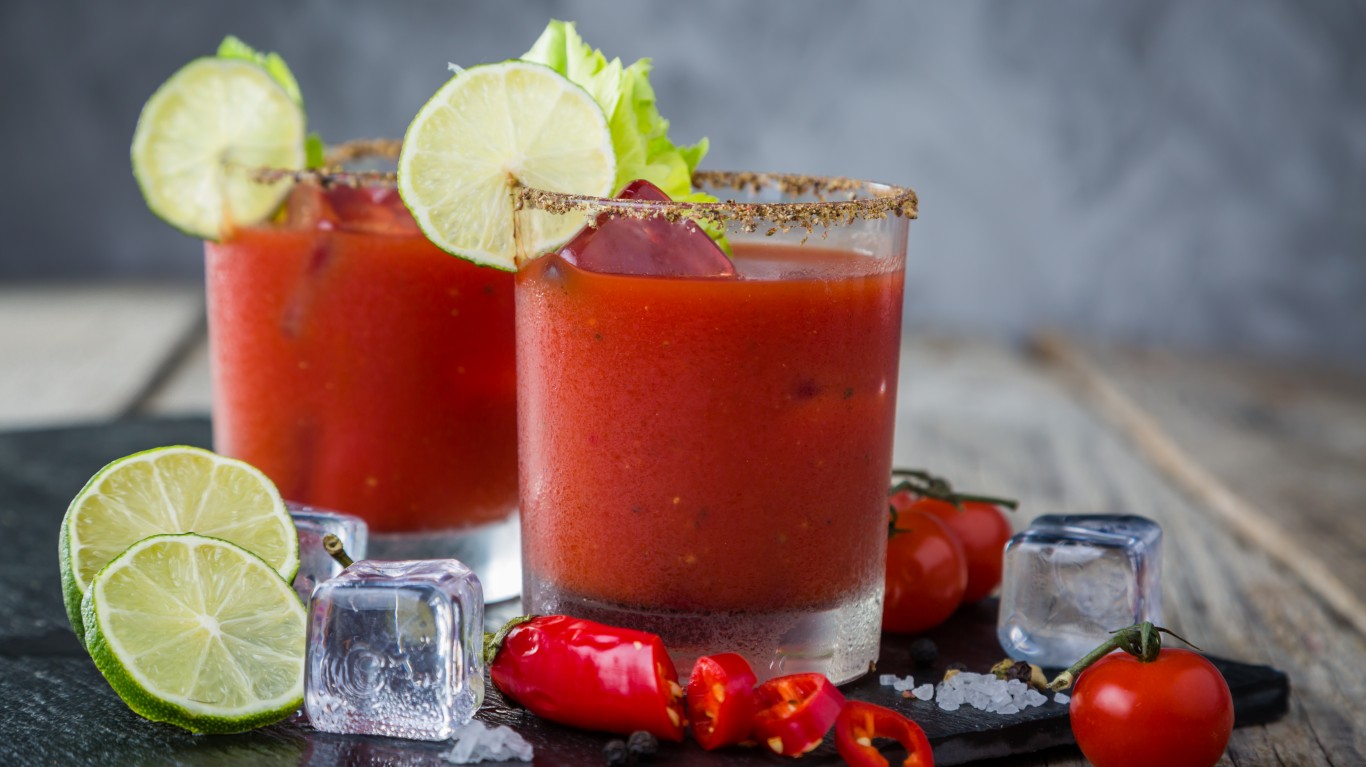
15. Bloody Mary
> Main ingredients: Vodka, tomato juice, Worcestershire sauce, horseradish, hot sauce, and other seasonings, plus various garnishes
> Origin: Bartender Fernand Petiot, Harry’s New York Bar, Paris (1921)
[in-text-ad]
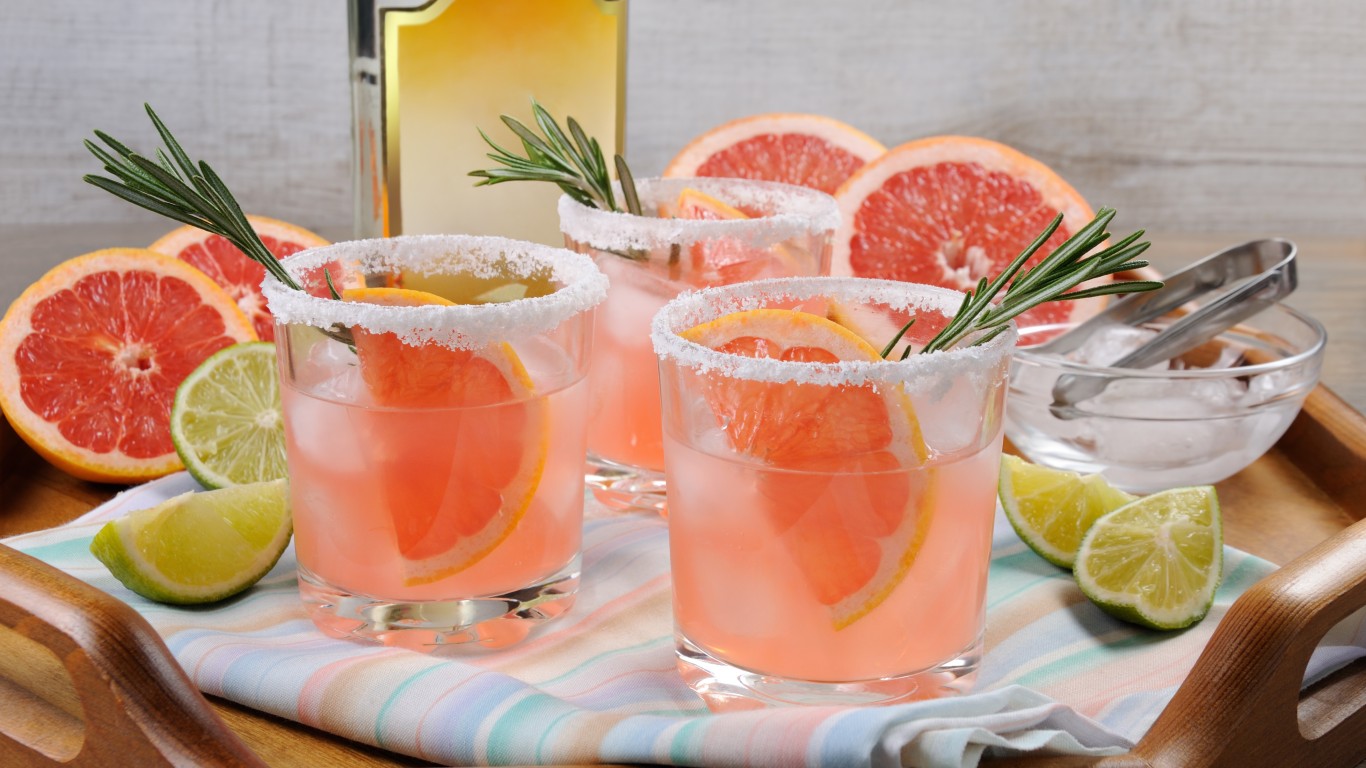
145. Paloma
> Main ingredients: Tequila, lime juice, grapefruit soda
> Origin: Mexico, details unknown (mid-1950s)

13. Penicillin
> Main ingredients: Blended scotch, Lagavulin 16-year-old single malt scotch, lemon juice, honey syrup, fresh ginger slices
> Origin: Bartender Sam Ross, Milk & Honey, New York City (2005)
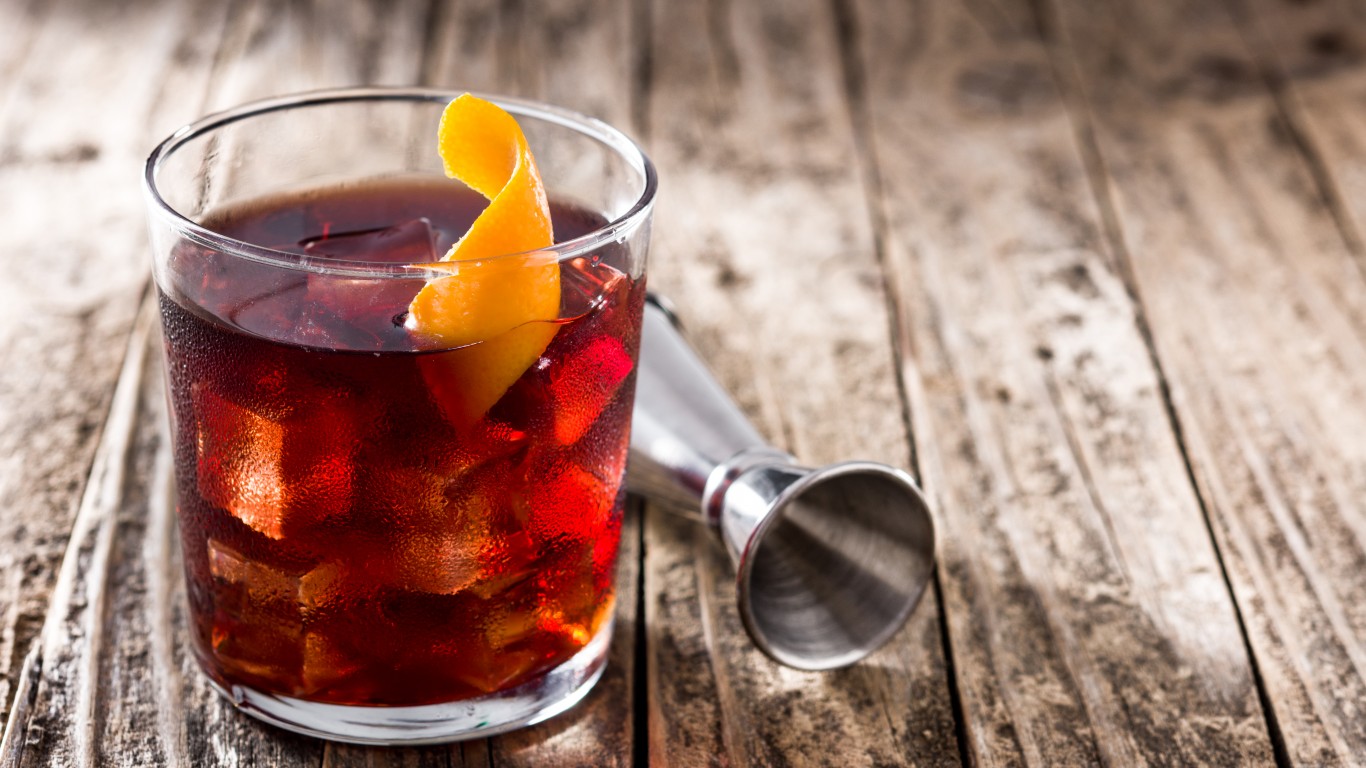
12. Boulevardier
> Main ingredients: Bourbon, Campari, sweet vermouth
> Origin: Magazine editor Erskine Gwynne, Paris (late 1920s or early 1930s)
[in-text-ad-2]

11. Moscow Mule
> Main ingredients: Vodka, ginger beer, lime juice
> Origin: The Chatham Hotel bar, New York City (early 1940s)
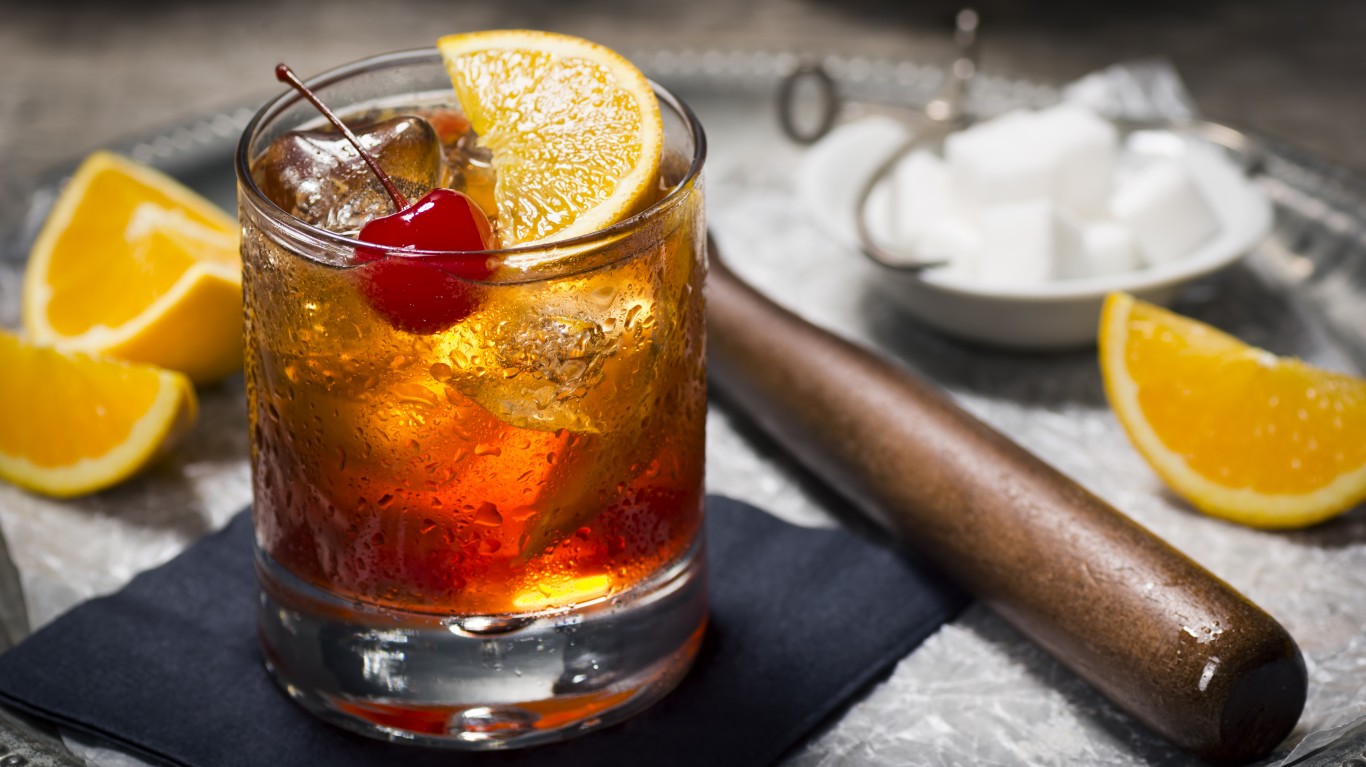
10. Whiskey Sour
> Main ingredients: Bourbon or other whiskey, lemon juice, sugar, egg white
> Origin: Ship steward Elliot Staub, Iquique, Chile (1872)
[in-text-ad]

9. Mojito
> Main ingredients: Rum, lime juice, muddled mint leaves, simple syrup
> Origin: Enslaved Africans, Dutch or British sailors, or others, Havana (1800s)
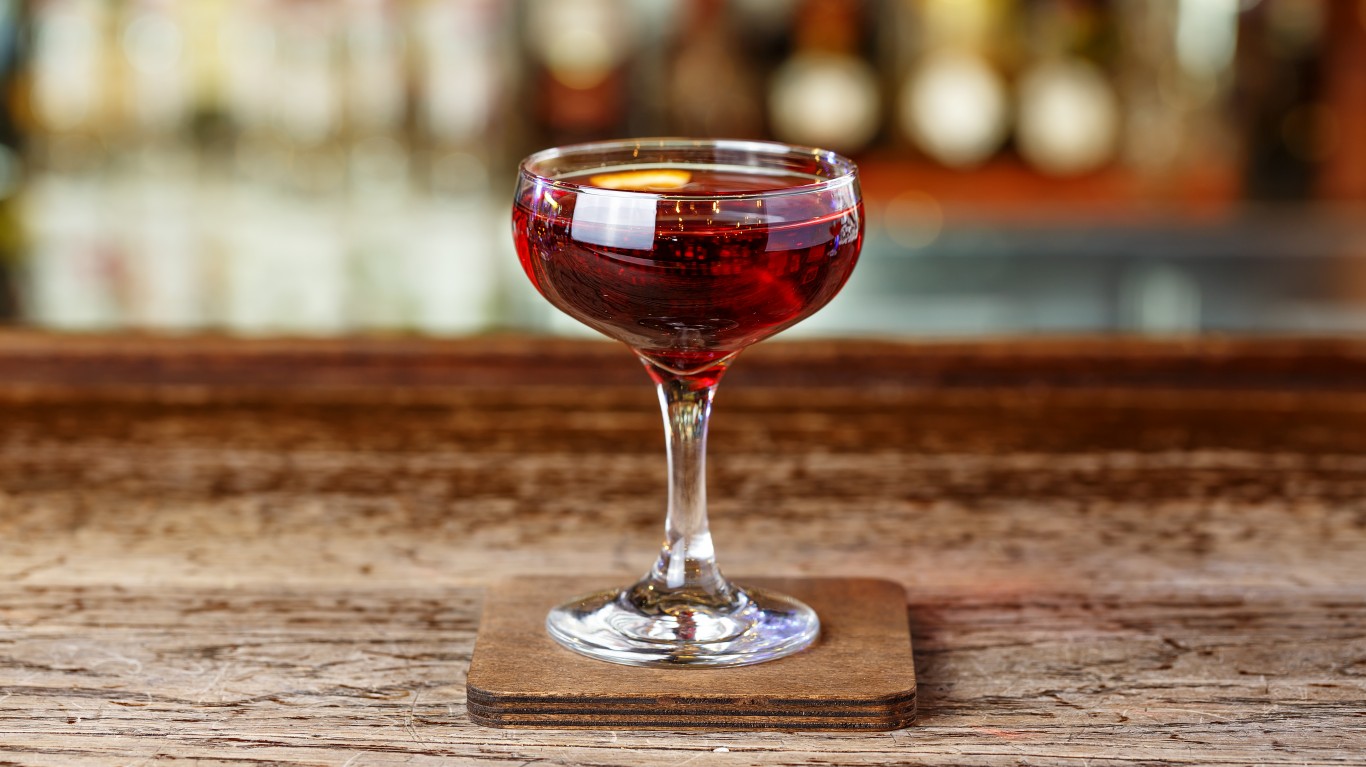
8. Manhattan
> Main ingredients: Rye, bourbon, Canadian, or other whiskey; sweet vermouth, Angostura bitters
> Origin: Bartender Iain Marshall, The Manhattan Club, New York City (mid-1870s) (disputed)

7. Espresso Martini
> Main ingredients: Vodka, Kahlúa, espresso coffee
> Origin: Bartender Diсk Bradsell, Fred’s Club, London (late 1980s)
[in-text-ad-2]
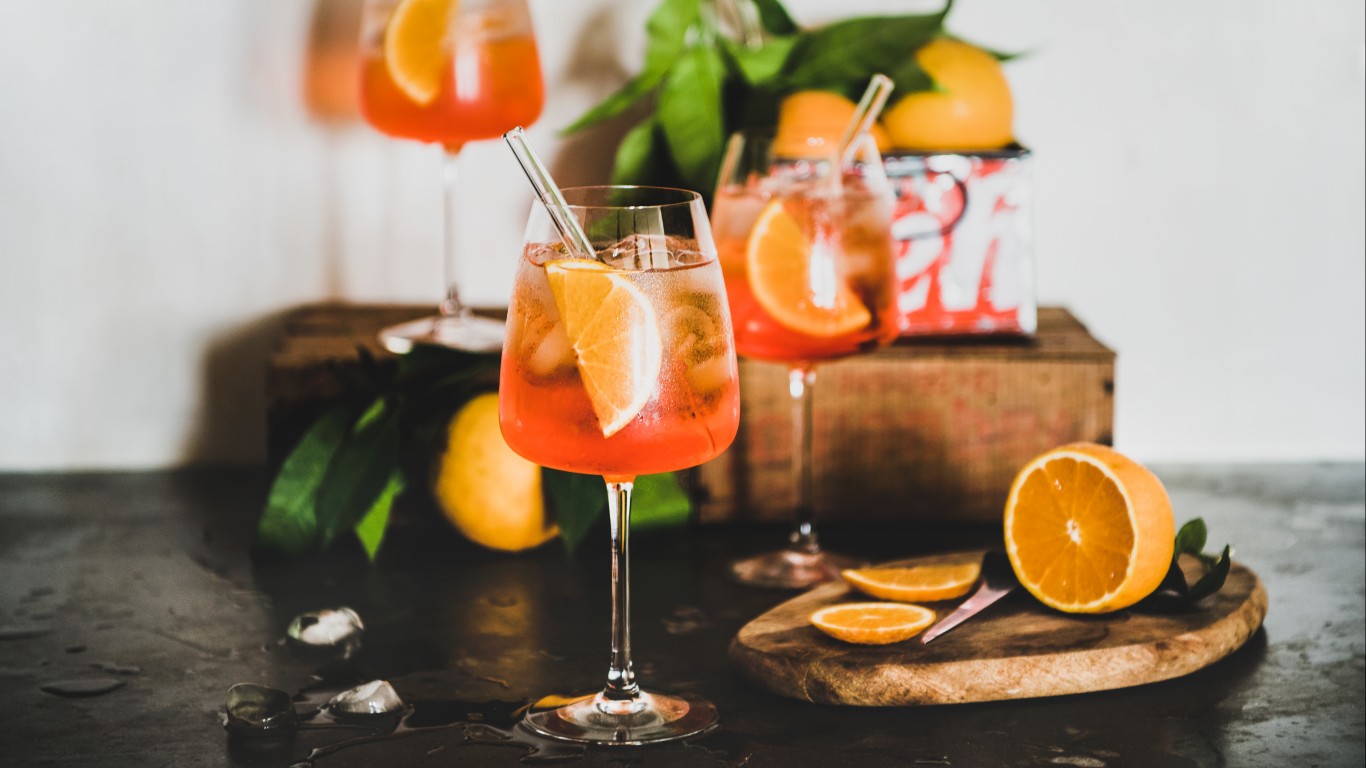
6. Aperol Spritz
> Main ingredients: Aperol aperitivo, prosecco
> Origin: Venice or Padua, Italy (1930s?)

5. Daiquiri
> Main ingredients: White rum, lime juice, superfine sugar
> Origin: Engineer Jennings Cox, Cuba (1896)
[in-text-ad]
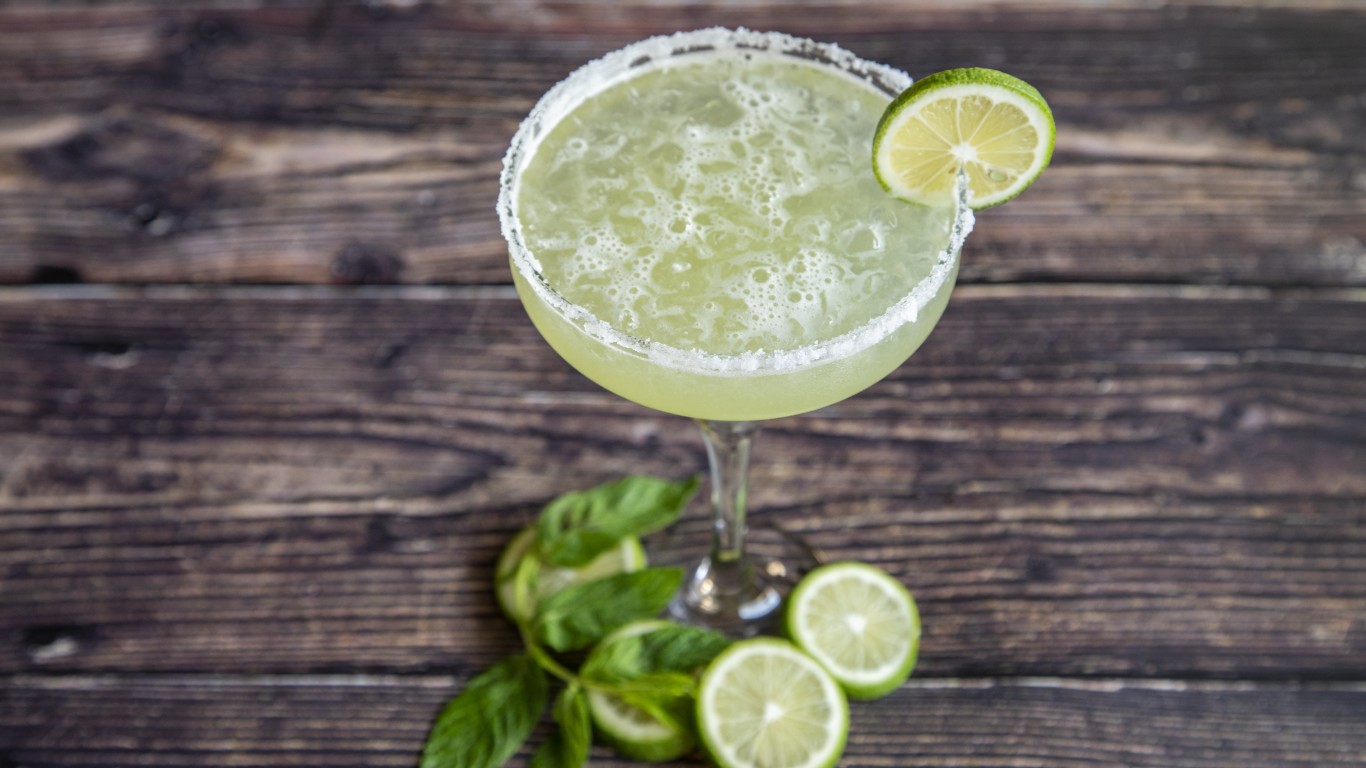
4. Margarita
> Main ingredients: Tequila, triple sec or other orange liqueur, lime juice
> Origin: Disputed (1930s)

3. Dry Martini
> Main ingredients: Gin or vodka, dry vermouth, olive or lemon twist garnish
> Origin: Disputed (1910s?)
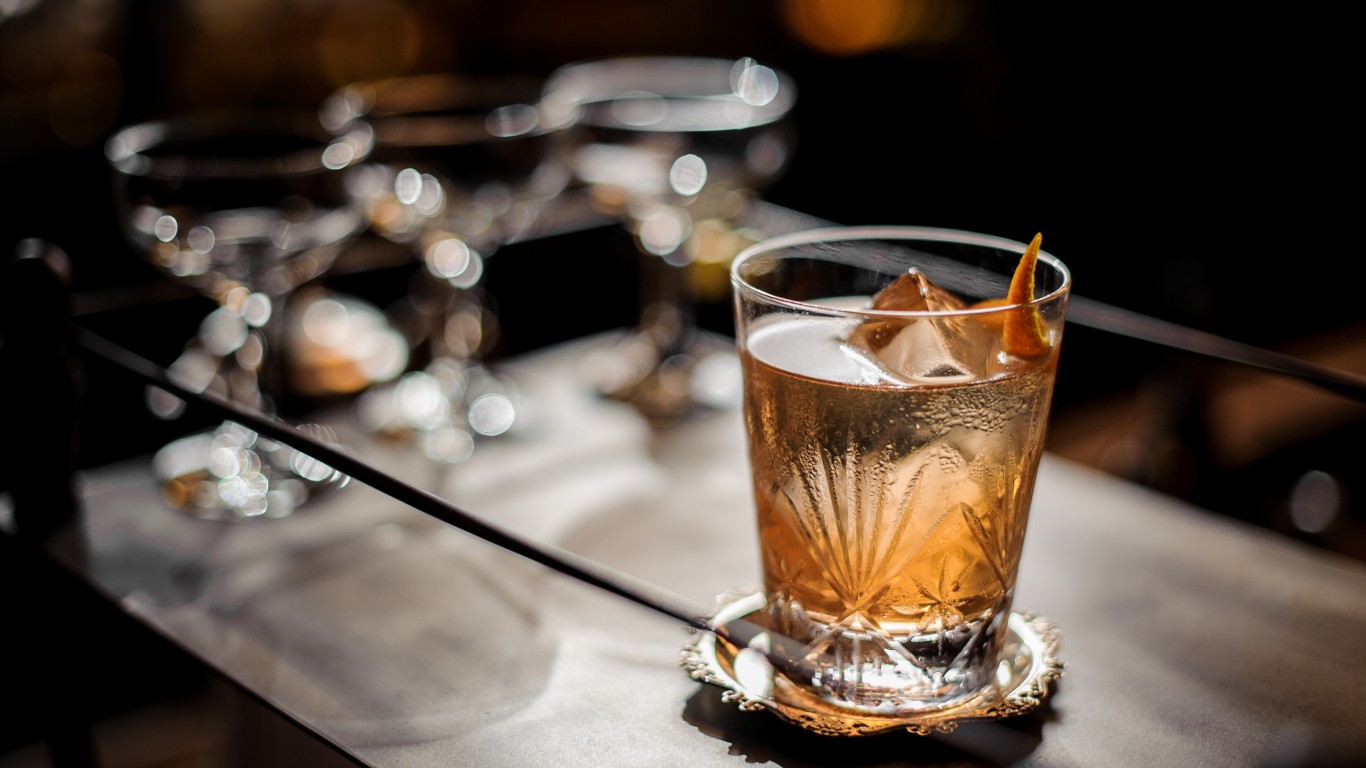
2. Old Fashioned
> Main ingredients: Bourbon or rye, Angostura bitters, sugar cube
> Origin: Disputed (1833?)
[in-text-ad-2]
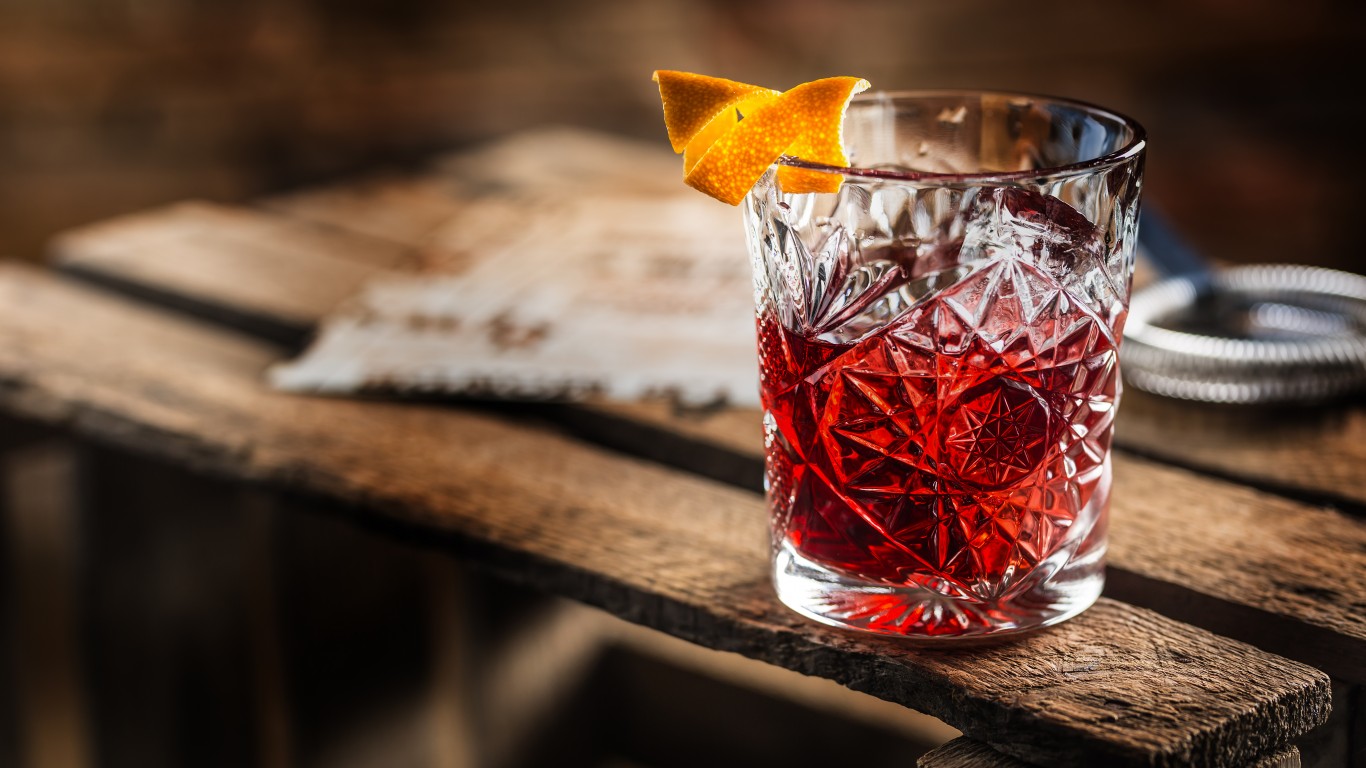
1. Negroni
> Main ingredients: Gin, Campari, sweet vermouth
> Origin: Bartender Fosco Scarselli, Caffè Giacosa, Florence, Italy (1919)
Take This Retirement Quiz To Get Matched With An Advisor Now (Sponsored)
Are you ready for retirement? Planning for retirement can be overwhelming, that’s why it could be a good idea to speak to a fiduciary financial advisor about your goals today.
Start by taking this retirement quiz right here from SmartAsset that will match you with up to 3 financial advisors that serve your area and beyond in 5 minutes. Smart Asset is now matching over 50,000 people a month.
Click here now to get started.
Thank you for reading! Have some feedback for us?
Contact the 24/7 Wall St. editorial team.
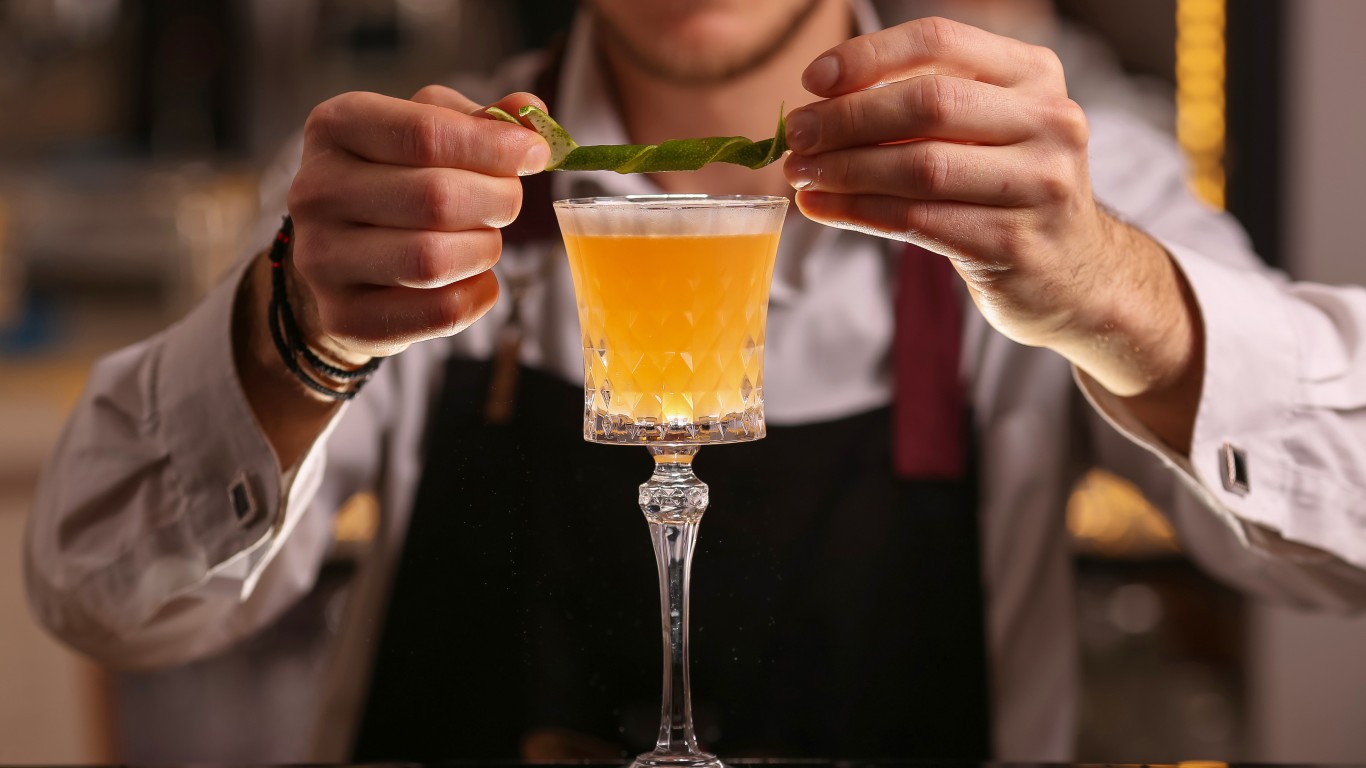 24/7 Wall St.
24/7 Wall St.


